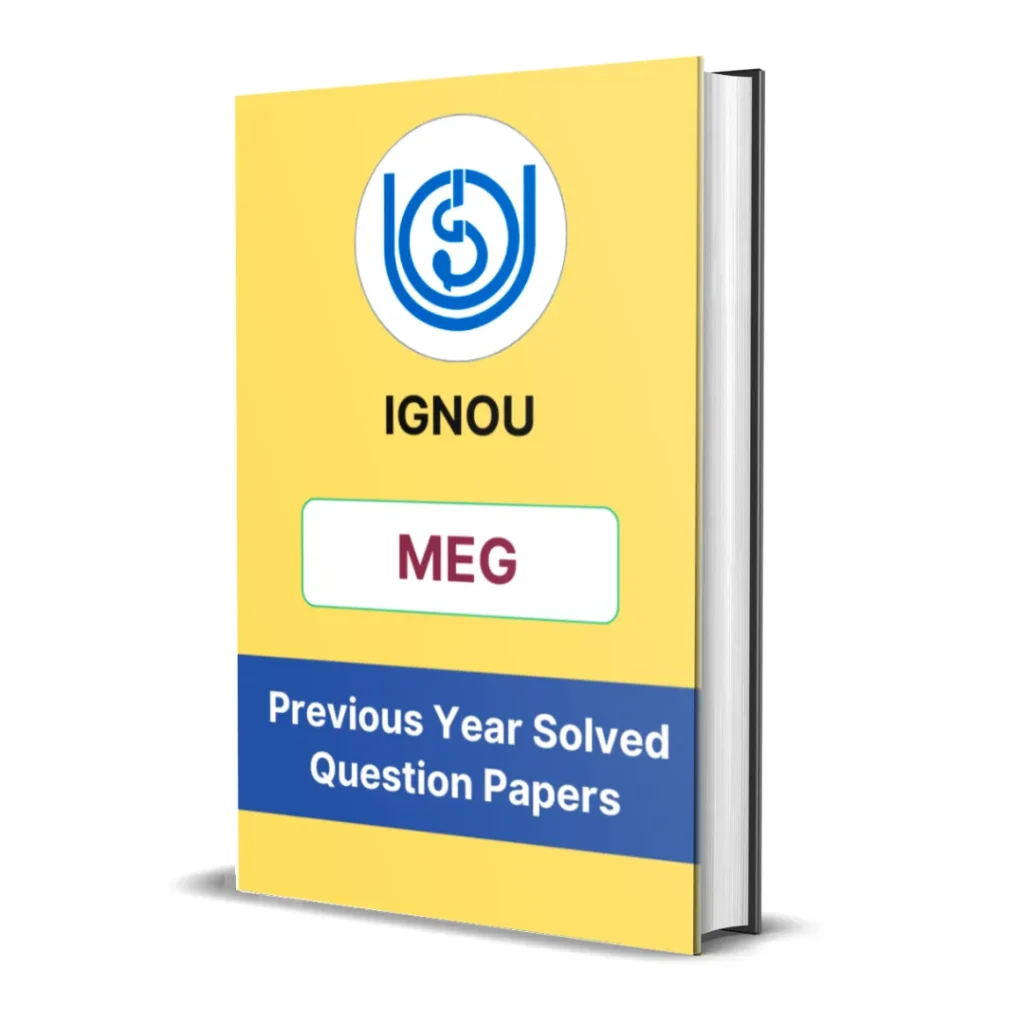MEG-01 Block 6 Summary | The Romantic Poets: Blake, Wordsworth
- Last Updated On August 12, 2025
Table of Contents
Here you will get the detailed summary of IGNOU MEG 1 Block 6 –The Romantic Poets: Blake, Wordsworth & Coleridge.
We have provided the summary of all units starting from unit 27 to unit 30.
Unit 27: Introduction to Romantic Poetry
This opening unit serves as a comprehensive introduction to Romanticism in English poetry, a literary movement that emerged in the late 18th century as a reaction against the Enlightenment emphasis on reason, order, and classical restraint. Romantic poetry celebrated emotion, imagination, nature, the individual, and the mysterious or sublime.
The unit discusses how Romanticism:
-
Emphasized subjective experience and personal emotion over objective rationality.
-
Valued nature as a source of truth, healing, and inspiration, contrasting it with the corrupting forces of industrial society.
-
Explored imagination as a creative and almost divine force.
-
Showed interest in the exotic, supernatural, medieval, and primitive, often rejecting urban and artificial modes of life.
It introduces the first-generation Romantic poets—Blake, Wordsworth, and Coleridge—noting their shared values but also their distinctive poetic voices and philosophical concerns. This unit equips students to understand Romantic poetry as a revolution in sensibility, a shift in how poetry engages with the self, society, and the cosmos.

Unit 28: William Blake
This unit focuses on the life and poetry of William Blake (1757–1827), a poet, painter, and visionary whose work was largely unrecognized in his lifetime but is now seen as a foundation of Romanticism. Blake rejected the rationalism of the Enlightenment and instead turned to mysticism, imagination, and personal vision. He believed that poetry and art could reveal spiritual truths obscured by institutional religion and corrupt society.
The unit explores Blake’s two major collections:
-
Songs of Innocence (1789) – capturing the purity, wonder, and joy of childhood.
-
Songs of Experience (1794) – revealing a darker, more mature view of the world shaped by suffering, social injustice, and loss of innocence.
Blake’s style is deceptively simple, using childlike rhythms and imagery, but his symbolism is profound. For example, poems like The Lamb and The Tyger ask deep theological questions about creation and the duality of good and evil. The unit also addresses Blake’s critique of industrialization, organized religion, and authoritarian politics, highlighting his radical vision of human freedom and spiritual transformation. His fusion of visual art and poetry adds another layer of meaning to his work.

Unit 29: Wordsworth’s The Prelude Book I – A Critical Analysis
This unit offers a focused critical reading of Book I of The Prelude, William Wordsworth’s autobiographical epic poem. Often called the spiritual autobiography of the Romantic mind, The Prelude traces the growth of the poet’s mind and his evolving relationship with nature, self, and imagination.
Book I reflects on Wordsworth’s childhood and early impressions of the natural world. He recalls how rivers, mountains, and lakes shaped his sensibilities and moral consciousness. Nature is not just background scenery—it is a living, nurturing presence that:
-
Inspires awe and fear (sublimity),
-
Teaches moral lessons,
-
Guides the development of the self.
The unit highlights Wordsworth’s belief that nature is a divine force and that childhood experiences are spiritually formative. It also explains Wordsworth’s concept of poetry as “emotion recollected in tranquility,” where reflection gives shape and meaning to past experience. Through rich imagery, blank verse, and philosophical introspection, The Prelude elevates the personal into the universal.
Unit 30: Coleridge – Kubla Khan & Dejection: An Ode
This unit explores two of Samuel Taylor Coleridge’s most famous and contrasting poems—Kubla Khan and Dejection: An Ode—to illustrate his poetic range and philosophical depth.
Kubla Khan is a fragmentary, dreamlike poem inspired by an opium-induced vision. It describes the exotic palace of Kubla Khan and the mystical river Alph. The poem is rich in imagination, sensual imagery, and supernatural elements, embodying Coleridge’s concept of the “Secondary Imagination”—the creative force that reshapes reality into poetic vision. Though incomplete, the poem exemplifies Romantic fascination with the mysterious and the sublime.
Dejection: An Ode, in contrast, is a deeply personal and melancholic poem. It reflects Coleridge’s emotional despair and loss of poetic inspiration, turning inward to explore themes of depression, alienation, and spiritual crisis. While the external world remains beautiful, the poet laments his inability to feel its joy, showing how inner emotional states shape perception. The poem blends personal confession with philosophical reflection, showcasing Coleridge’s mastery of the Romantic ode.
Together, these poems represent the dual aspects of Coleridge’s work: the visionary, symbolic richness of Kubla Khan and the psychological introspection of Dejection, united by a profound sensitivity to imagination and human emotion.